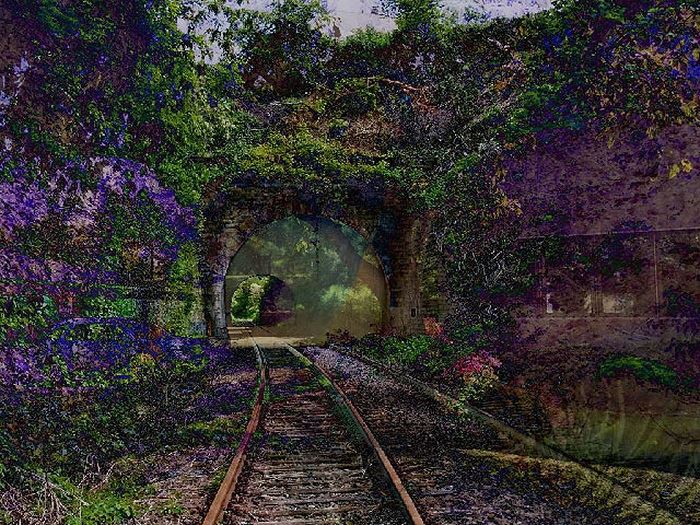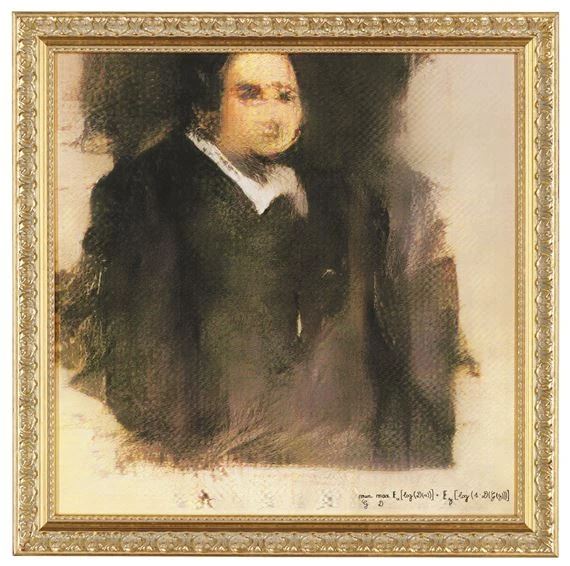When it comes to questions around art’s authenticity and attribution, no development has garnered as much attention over the past year as artificial intelligence. The public release of Chat-GPT in late 2022 led to the overnight adoption of AI technologies, and popular AI-driven text-to-image generation tools have since raised a number of heated debates around artist’s rights amidst this new reality of image-making. Recent media narratives and legal decisions have tended to bracket artificial intelligence as something entirely distinct from human-made art, and have stressed the threat that it poses to the careers of artists. However, a number of contemporary artists such as the Obvious collective, Trevor Paglen, and Hito Steyerl are incorporating AI tools into their creative processes in order to come to grips with the technology, its growing role in society, and the way it can recalibrate perceptual norms.
Legal Proceedings
In August 2023, a U.S. District Court in Washington, D.C. ruled that a work of visual art generated entirely by artificial intelligence cannot be copyrighted under American law. The case centered around computer scientist Stephen Thaler, who sought copyright protection for A Recent Entrance to Paradise, a work he claimed was created by his AI system, DABUS (Device for the Autonomous Bootstrapping of Unified Sentience). Judge Beryl Howell dismissed Thaler’s arguments, siding with the U.S. Copyright Office’s long-standing position that only works created by human authors can be copyrighted.

DABUS, A Recent Entrance to Paradise (2012), AI-produced digital image. Photo: Stephen L. Thaler
In other legal proceedings, a group of artists comprised of Sarah Andersen, Kelly McKernan, and Karla Ortiz, has filed a class-action lawsuit against several companies behind AI art generators – Midjourney Inc, DeviantArt Inc, and Stability A.I. Ltd. A significant portion of the training data used by these platforms, specifically the LAION-Aesthetics dataset, comprises images from stock photo sites, user-generated content platforms, and even artists’ portfolios. The artists allege that these AI platforms were partially trained on their copyrighted images without permission, constituting a case of copyright infringement.
Fictional Portraits
When one looks at the artists who have been working with AI over the past half decade or so, their works appear to anticipate the type of disputes over intellectual property that have ramped up since the recent commercial release of AI-powered image generators like DALL-E, Midjourney and Stable Diffusion. A prime example is the Obvious Collective, a trio of French researchers and artists consisting of Pierre Fautrel, Hugo Caselles-Dupré and Gauthier Vernier.
In 2018, Obvious made headlines when their AI-generated Portrait of Edmond de Belamy fetched an unexpected $432,500 at a Christie’s auction, exceeding its estimated price range of $7,000 to $10,000. Created using Generative Adversarial Networks (GANs), the portrait was trained on a dataset of historical works of European portraiture. The piece was then printed, framed, and intriguingly signed with a part of the GAN’s algorithm itself. The Obvious collective’s portrait of Edmond de Belamy is part of a humorous series of AI-generated genealogical portraits of other members of the fictitious aristocratic Belamy family and it foreshadows the output of today’s image-generation tools.

Obvious, Edmond de Belamy, from La Famille de Belamy (2018), Generative Adversarial Network print, on canvas. Photo: Christie’s

